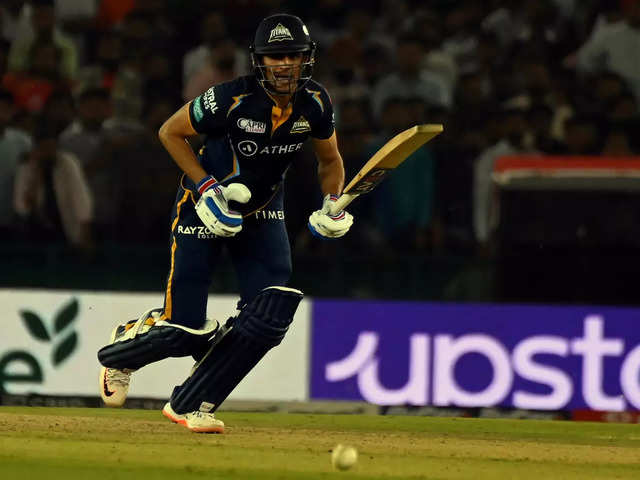
Kaustubh Chandra- Director – Marketing & Digital Sales Group, NTT Ltd. in India
How marketing's role has evolved with the pandemic
Dec 21, 2020, 20:07 IST
ad-agencies
The new age marketing of multiple hats and revenue generation
- Kaustubh Chandra- Director – Marketing & Digital Sales Group,
NTT Ltd . in India pens down how marketers world over have seen their roles change immensely after the pandemic. - He shares a few factors that marketers should keep in mind while talking to their consumes and why they shouldn't be afraid to get creative and experiment with their marketing strategies.
Today, successful companies are becoming more outcome-driven, adapting their products, solutions and services to fit their customers’ strategies, leveraging digital technologies and data, to deliver personalization at scale. The unforeseen situation has further challenged marketers to get creative and find opportunities, to deliver in a year snowballed by uncertainties. We can no longer chart out a year’s strategy in advance in such dynamic times, and only pivoting while finding new solutions will help you course-correct during your journey. Heather Zynczak, CMO, Pluralsight, and one of the most successful CMOs in the industry mentions that for 99% of the companies, the most important thing right now is revenue. To substantiate this opinion, she rightly points out that if there is a wall between sales and marketing, you have already lost the battle.
Pioneered by global tech giants, the use of digital technology is more relevant than ever before in the current scenario, where the face-to-face component of sales is no longer viable. Therefore, the onus of shaping the end-to-end customer journey through GTM strategy, content, automation, brand building, social media engagement, PR and communication lies with the marketing team. All of this boils down to delivering tangible business outcomes. For that reason, more and more we are witnessing the evolution of the CMO’s role to that of a Chief Growth Officer (CGO), one who is responsible for anything that identifies newer areas (or accounts/ clients/ segments) and generates revenue, while helping to increase the wallet share in the existing ones. It’s a hybrid role matrixed between marketing, sales, product, tech, and part customer advocate. As the name suggests, the objective is to drive growth with a farsighted vision and implement agile strategies that ultimately feed customer needs, and in turn the business goals.
Combining forces
We are witnessing the emergence of a new marketing paradigm, with a breed of marketers who are now contributing to long term and short-term strategy in boardroom discussions, positively impacting the company’s top and bottom lines. The best in breed are taking this challenge head-on to transform marketing into the driving force behind revenue-generating go-to-market strategies. As outlined by Deloitte, forward-thinking B2B marketing leaders are now donning multiple hats and championing roles such as of a chief storyteller, innovation catalyst, capability builder, customer champion and a growth driver.
Complex buying journeys, longer sales cycles, and the fact that the buyers’ journey typically spans a multitude of channels means that building a scalable revenue machine requires cross-functional effort. Nonetheless, companies need to track leads end-to-end, including lead quality, lead velocity, lead generation and conversion right from the funnel stage. Map out your ideal buyer’s journey, from awareness of need through education, vendor, and solution explorations, committing to a solution, justification, and ultimately the influencing the purchase decision.
Marketing with the soul of a start-up and a hunting mind-set
When the entire marketing operates with a business first, hunting mindset, strategies change as per the end goal. Brand building is just another cog in the marketing wheel; the agility and speed that marketers can develop to listen to their customers, intelligently tap intent / distress signals, and correspondingly tailor their response will define the future of marketing. By adopting a new way of thinking, and with dedicated energy, resources to mine existing business, the goal is to build and nurture relationships you have within your target account and move them from one stage to the next. Harnessing the potential of existing, emerging, digital first and mid-market accounts can present an ocean of untapped business for marketers. Combining efforts will help marketing efficiently engage, nurture, and grow these accounts and be an equal partner in the organisation’s growth journey.
As has been demonstrated in industry after industry, early movers can establish significant advantages, while laggards will be left behind. Do not be afraid to get creative and experiment with your marketing strategy, as Seth Godin rightly said, “The cost of being wrong is less than the cost of doing nothing.”
INSIDER INTELLIGENCE REPORTS







